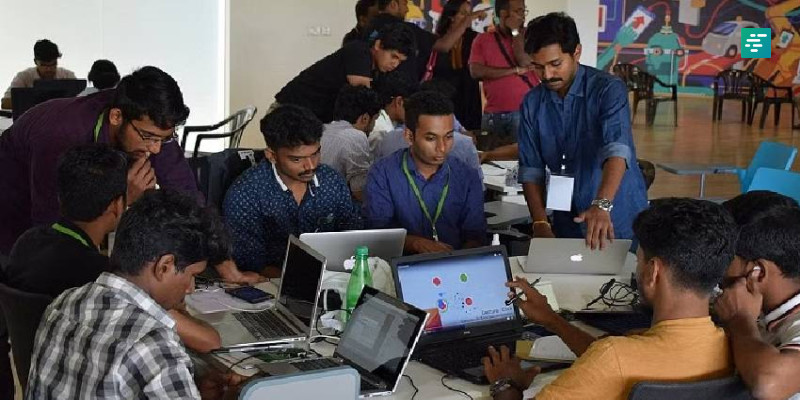
If you're planning to raise money, you need to understand how investors think
- Entrepreneurship
- 09 Oct, 2023
- 773
Raising capital is a crucial milestone for startups and entrepreneurs on their journey towards growth and success. However, navigating the world of investors and venture capital can be complex, especially when it comes to understanding how investors think. To help demystify this world, it's essential to familiarize yourself with the key terms and concepts that play a pivotal role in the investor-startup relationship.
- Cap table: shows the capital structure of a company, incl. each investor's ownership level.
2. Dilution: as additional equity is issued to new investors, existing investors own a smaller proportion of the company.
3. ESOP: employee share option pool, reserved for future employees as part of their compensation.
4. Vesting period & cliff: options often vest monthly over 4 years. A 1-year cliff means no options vest until 12 months after granting.
5. Pre-money: company value before investment (i.e. current share price * number of shares).
6. Post-money: company value after investment (i.e. pre-money valuation plus the amount invested).
7. GP: general partners manage VC funds and invest LPs’ capital.
8. LP: limited partners are the fund's investors.
9. Fund of funds: invest primarily in PE or VC funds and not directly in startups.
10. Capital call: LPs pay their money to VCs via an agreed schedule of capital calls or “drawdowns”.
11. Subscription: the money an investor commits to a startup / fund.
12. Follow-on: when existing investors choose to invest in a subsequent round.
13. Carry: carried interest is the percentage of fund profits paid to GPs as an incentive. Market standard is a 2% annual management fee plus 20% carry.
14. DPI: distributions to paid-in capital is a ratio of capital that has been repaid to LPs relative to the amount they paid in.
15. MOIC: the multiple on invested capital. Similar to DPI except the denominator is the amount of money invested in startups, not the amount invested by LPs.
16. TVPI: total value to paid-in capital reflects the total value of the fund’s investments, realised and unrealised, relative to paid-in capital.
17. IRR: internal rate of return is the anticipated annual growth rate of any investment (useful because it allows comparison between VC and other asset classes).
18. SAFE: simple agreement for future equity. Grants investors the rights to purchase stock in a future equity round, usually with a valuation cap and/or discount.
19. Convertible note: a loan where capital and interest converts into shares at an agreed valuation cap or discount at a future date or event.
20. Liquidation preference: defines the order in which investors receive payment upon liquidation.
21. Anti-dilution / ratchet: retrospectively adjusts the share price paid by earlier investors should a subsequent investor pay a lower price.
22. Pay-to-play: requires all investors to invest their pro rata in subsequent funding rounds or lose certain rights.
23. Drag along: allows a percentage of shareholders to compel others to sell, thus preventing a minority from blocking.
24. Tag along: ensures minority shareholders receive the same price and conditions as majority shareholders when selling.
Understanding these key concepts is crucial for founders and entrepreneurs seeking to raise capital from investors. It enables effective communication, negotiation, and decision-making in the world of startups and venture capital. Armed with this knowledge, entrepreneurs can navigate the funding landscape with confidence and make informed choices to drive their businesses forward.
